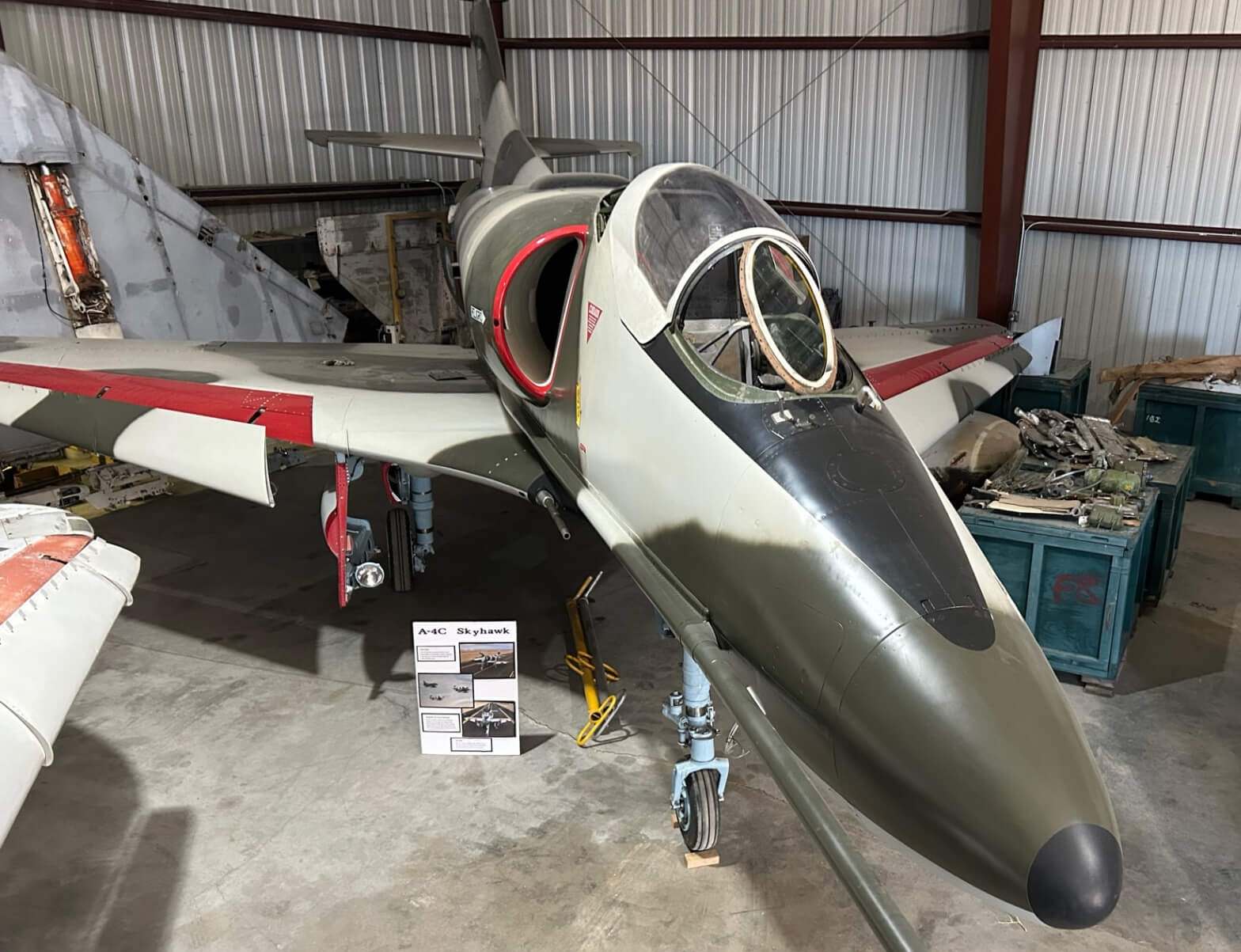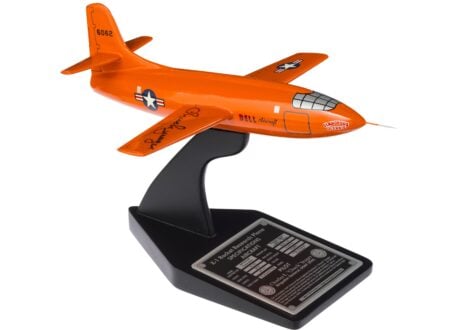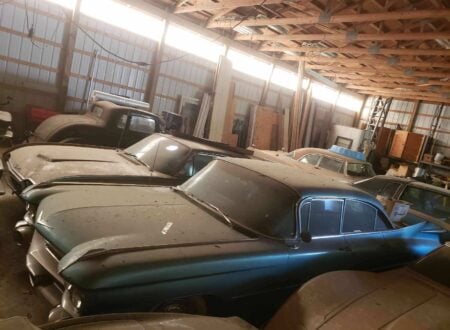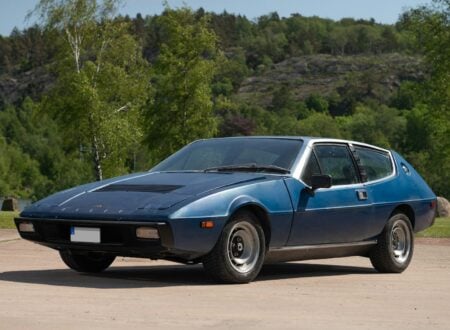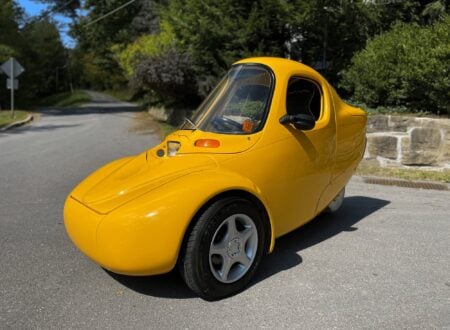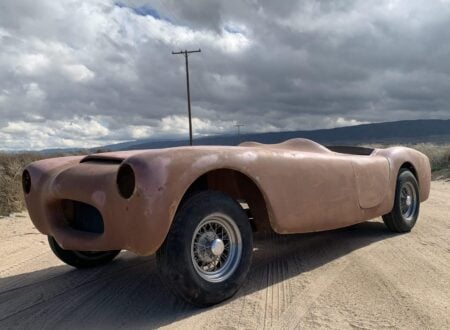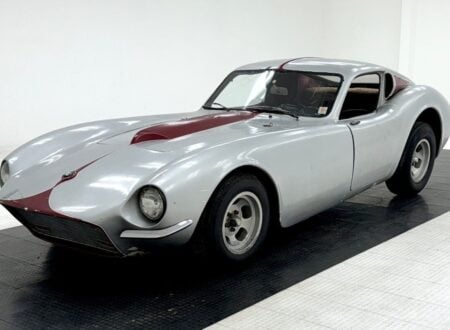This is a 1962 Douglas A-4 Skyhawk that has so far been given a 28,000 hour restoration by Fighting Classics of Marana, Arizona. It’s now being offered for sale in mostly-completed condition, requiring a reported three to four months to finish.
The A-4 Skyhawk is a carrier-capable light attack aircraft that entered service in 1956. Surprisingly, given its compact size, it’s capable of carrying a bomb load comparable to the WWII-era Boeing B-17 bomber, and it could even deliver nuclear weapons if required.
Fast Facts – The Douglas A-4 Skyhawk
- The A-4 Skyhawk, originally designated the A4D under the U.S. Navy’s pre-1962 designation system, was developed by the Douglas Aircraft Company (later McDonnell Douglas and then Boeing). The project was initiated in response to a U.S. Navy requirement for a carrier-capable ground-attack aircraft that could deliver both nuclear and conventional ordnance.
- What set the A-4 apart from its contemporaries was Chief Designer Ed Heinemann’s decision to eschew the prevailing trend towards larger, more complex aircraft. Instead, Heinemann and his team focused on simplicity, efficiency, and the innovative use of available technology to meet the Navy’s requirements – within stringent weight and cost constraints.
- Introduced to the public in 1954, the Skyhawk was a single-seat, delta-winged jet aircraft. Its wing design and compact size contributed to the A-4’s agility, making it a formidable aircraft in both ground-attack and aerial combat roles.
- Over its service life, the A-4 Skyhawk was produced in numerous variants, offering upgrades in avionics, armament, and engine performance. Notable variants include the A-4E and A-4F, which featured improved engines and avionics, and the A-4M, which was optimized for Marine Corps use with an enhanced engine and updated cockpit.
- The aircraft you see here is a Douglas A-4 Skyhawk from 1962, specifically it’s an A4D-2N which was the night-operations and adverse weather version of A4D-2. It was fitted with an AN/APG-53A radar, autopilot, and a LABS low-altitude bombing system.
Heinemann’s Hot-Rod
The Douglas A-4 Skyhawk is a bit of an historic anomaly for the US military in that it came in both well under budget and well under the maximum weight allowance. The design team had been led by Ed Heinemann at Douglas Aircraft, and the aircraft he delivered for the United States Navy was soon nicknamed “Heinemann’s Hot-Rod” for its speed and performance.
Above Video: This is a full-length documentary about the Douglas A-4 Skyhawk, it covers the development and philosophy behind the design of the aircraft and looks into its service life.
The original United States Navy call for a jet-powered aircraft to replace the piston-powered Douglas AD Skyraider with a maximum weight of approximately 45,000 lbs and a maximum cost of $1 million USD. It would be Heinemann and his team who would win the contract, developing an aircraft that weighed just 24,500 lbs and had an initial cost of $860,000 USD – well under budget.
Heinemann focussed on keeping the aircraft as simple, lightweight, and small as possible while ensuring it met all of the bomb and armament carrying capabilities laid out by the Navy.
Amazingly (as noted above) it could carry a bomb load comparable to the Boeing B-17 bomber from the Second World War, and it did it in a package so compact that the wings didn’t even need to fold for storage on aircraft carriers.
Using what is known as the “loft delivery” technique, the A-4 Skyhawk was capable of delivering nuclear weapons if required, but this capability was never used of course.
One pioneering feature of the aircraft was its ability to act as a refueling tanker for other A-4 Skyhawks. It could be equipped with a large drop tank, then depart on missions with fully armed Skyhawks, refueling them individually as needed to significantly increase the aircraft’s effective range.
The Skyhawk would fly for the first time on the 22nd of June 1954. The prototype would set a world speed record of 695.163 mph on the 15th of October 1955. It entered operational service on the 1st of October 1956 and amazingly some examples remain in operational service today in South America with the Argentine Air Force and the Brazilian Naval Aviation.
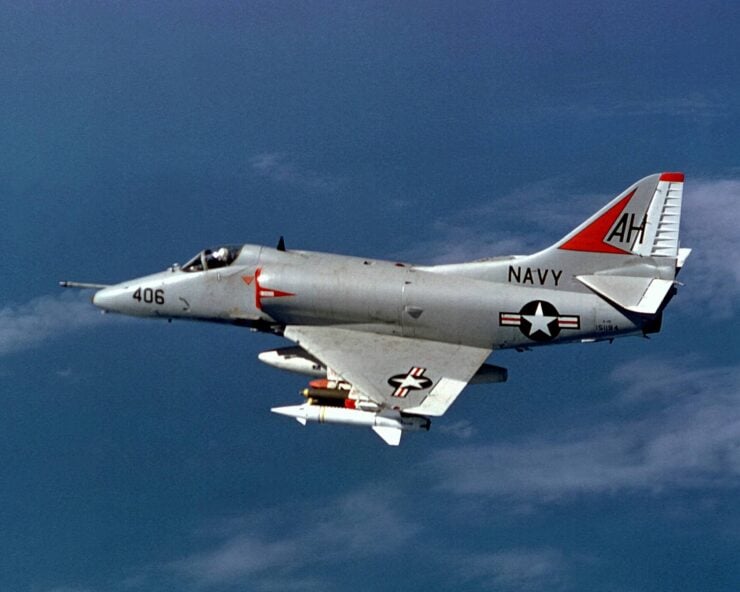

Combat use of the A-4 Skyhawk would be extensive during the Vietnam War. Israel used their Skyhawks during the War of Attrition and the Yom Kippur War. The Argentine Air Force sank two British vessels with their Skyhawks during the Falklands War, and the Kuwaiti Air Force would use their own Skyhawk fleet during the early days of Operation Desert Storm.
Production of the Skyhawk ran from 1954 until 1979, a remarkable 25 years. A variety of updated variants would be produced over this time to keep the design current, but the long production life was perhaps the ultimate vindication of Ed Heinemann’s original design, drafted by hand on the tables at Douglas Aircraft back in the early 1950s.
The 1962 Douglas A-4 Skyhawk Shown Here
The aircraft you see here is a 1962 Douglas A-4 Skyhawk, specifically it’s an A4D-2N Skyhawk, which was the night-operations and adverse weather version of A4D-2. It was fitted with an AN/APG-53A radar, autopilot, and a LABS low-altitude bombing system.
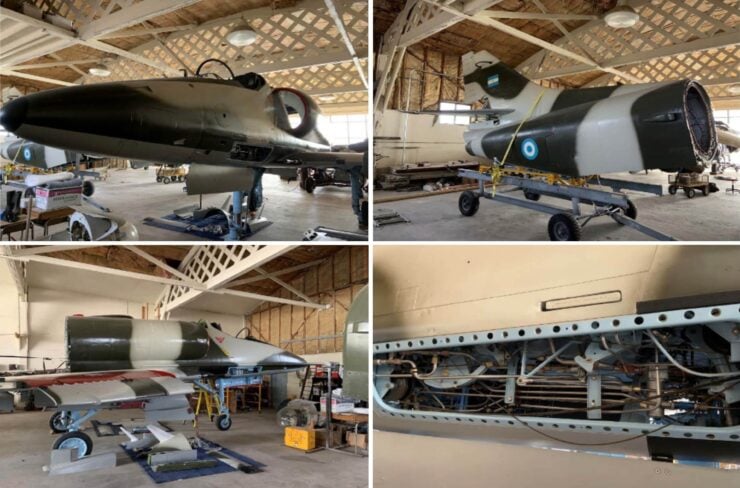
A major restoration has been underway on this aircraft for a number of years by Fighting Classics of Marana, Arizona. So far 28,000 hours of labor have gone into the rebuild, the restoration has been done to factory-new standards and every system has either been replaced or overhauled to zero time specifications including the Wright J65-W-16A jet engine.
The listing notes that it will take approximately three to four months to complete the restoration. If you’d like to read more about it or register to bid you can visit the listing here on Platinum Fighter Sales.
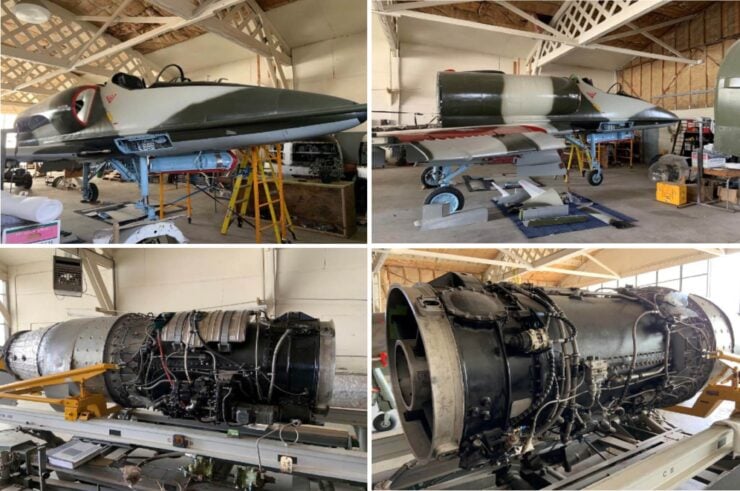
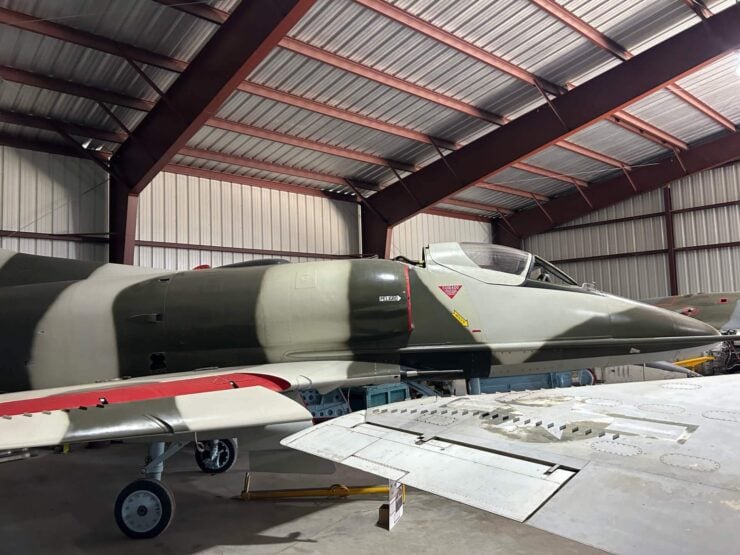
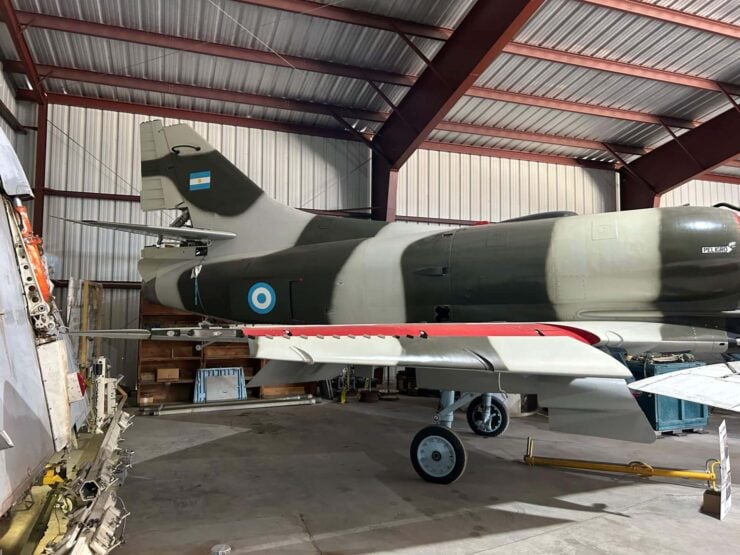
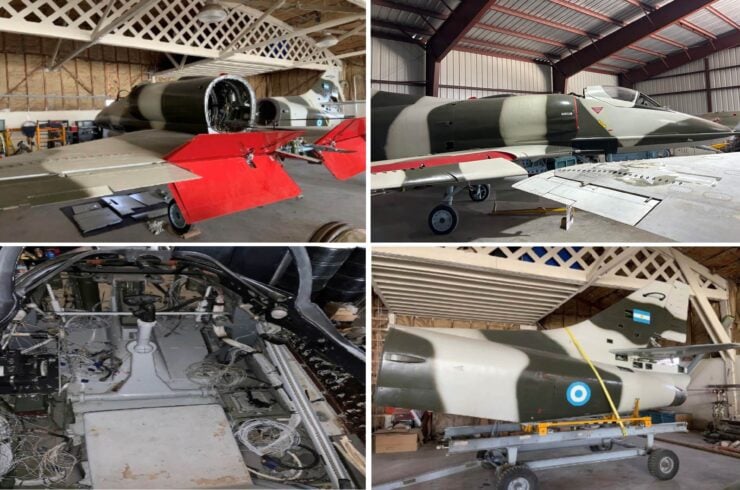
Images courtesy of Platinum Fighter Sales

Articles that Ben has written have been covered on CNN, Popular Mechanics, Smithsonian Magazine, Road & Track Magazine, the official Pinterest blog, the official eBay Motors blog, BuzzFeed, Autoweek Magazine, Wired Magazine, Autoblog, Gear Patrol, Jalopnik, The Verge, and many more.
Silodrome was founded by Ben back in 2010, in the years since the site has grown to become a world leader in the alternative and vintage motoring sector, with well over a million monthly readers from around the world and many hundreds of thousands of followers on social media.

